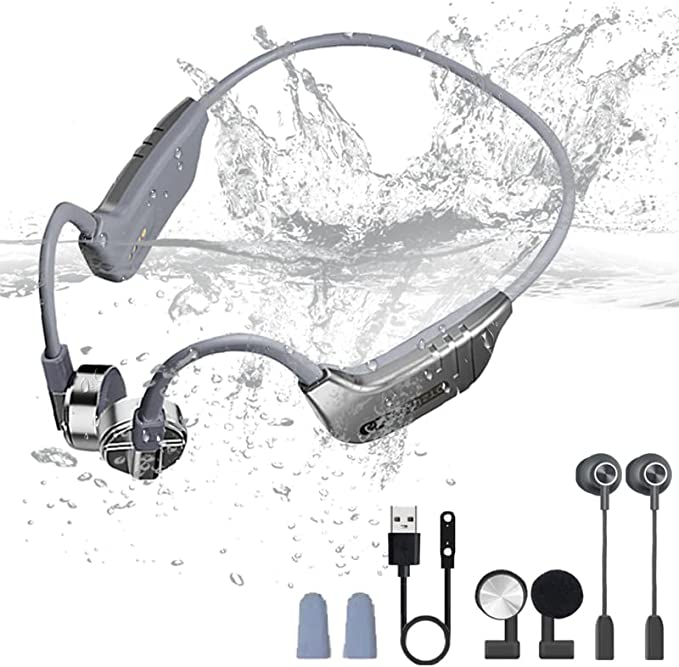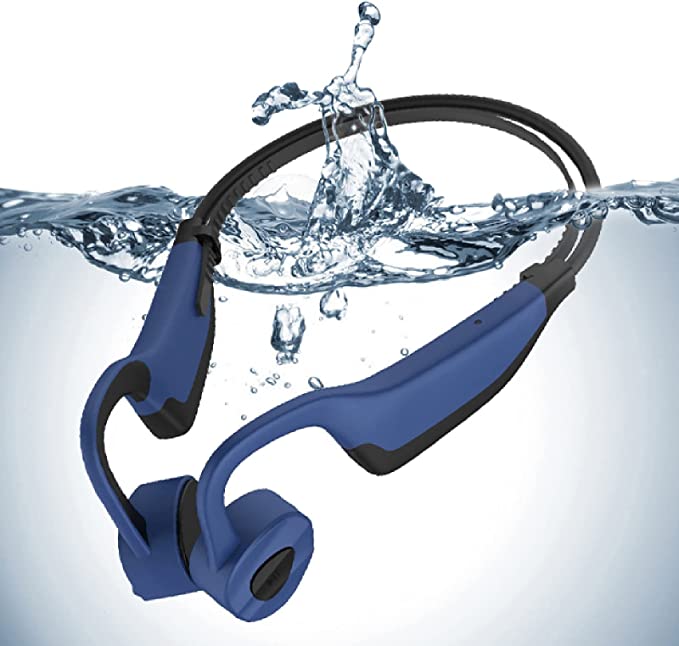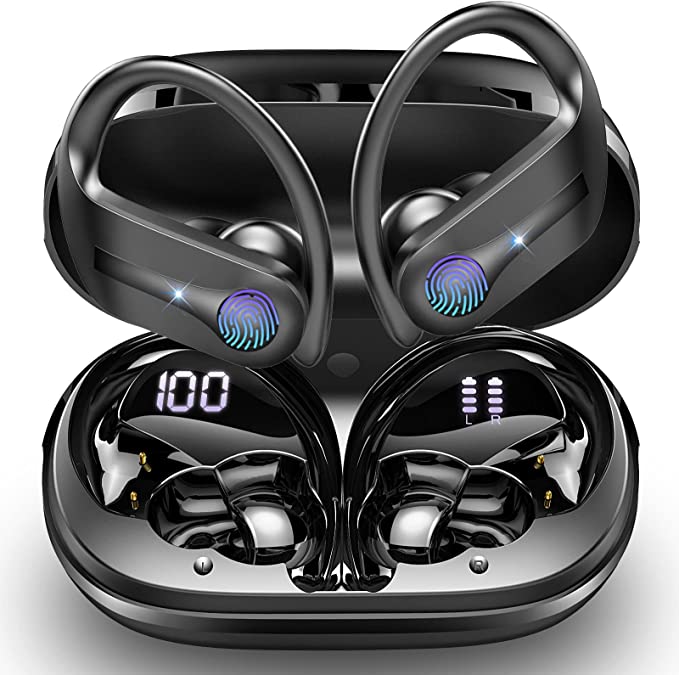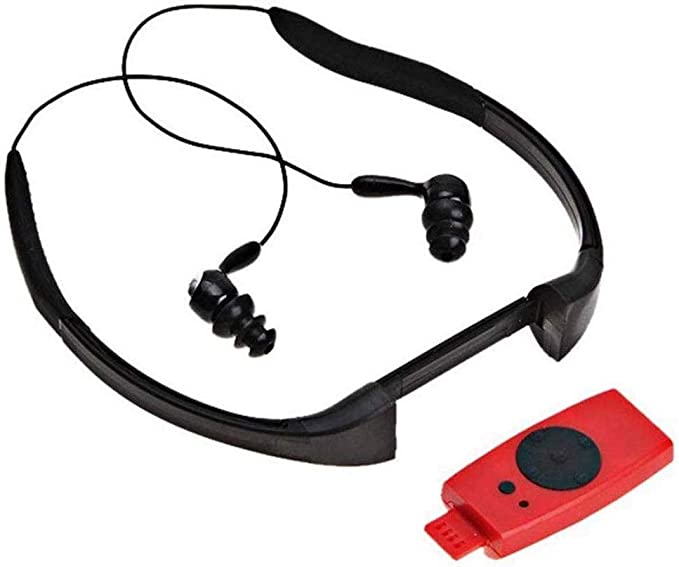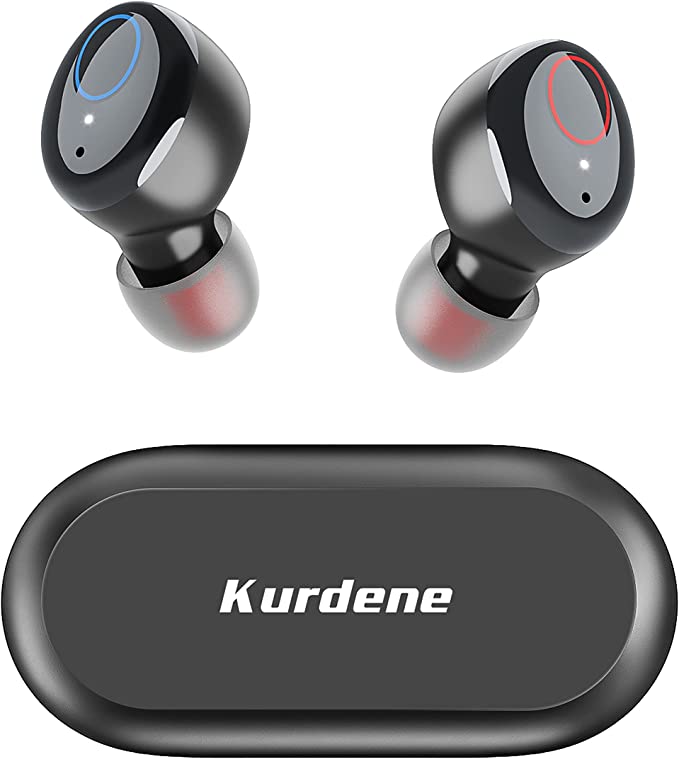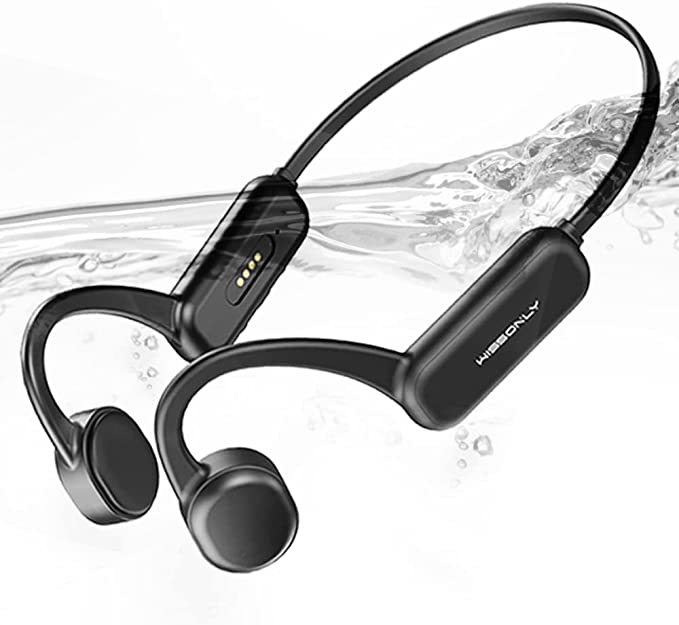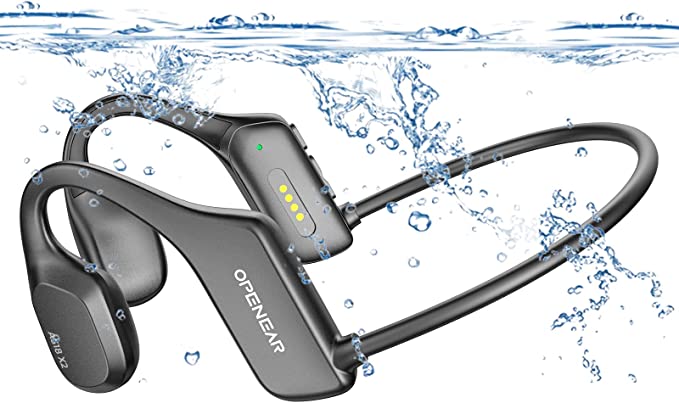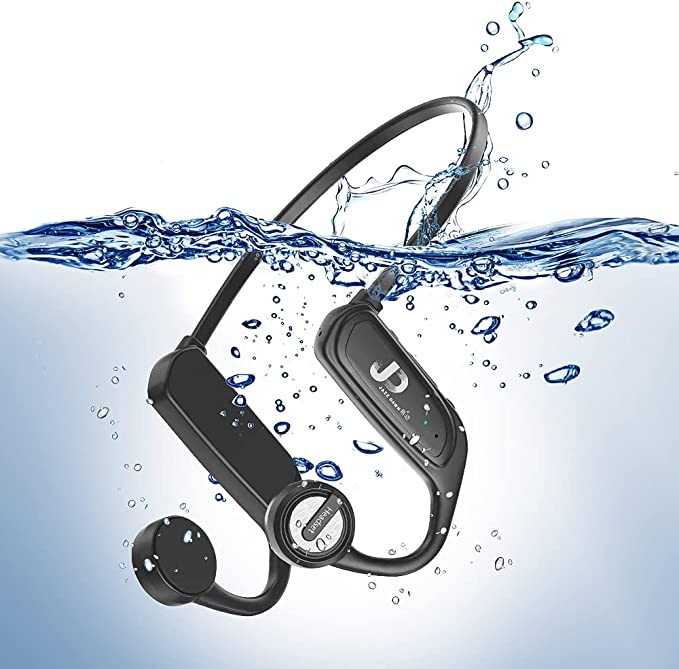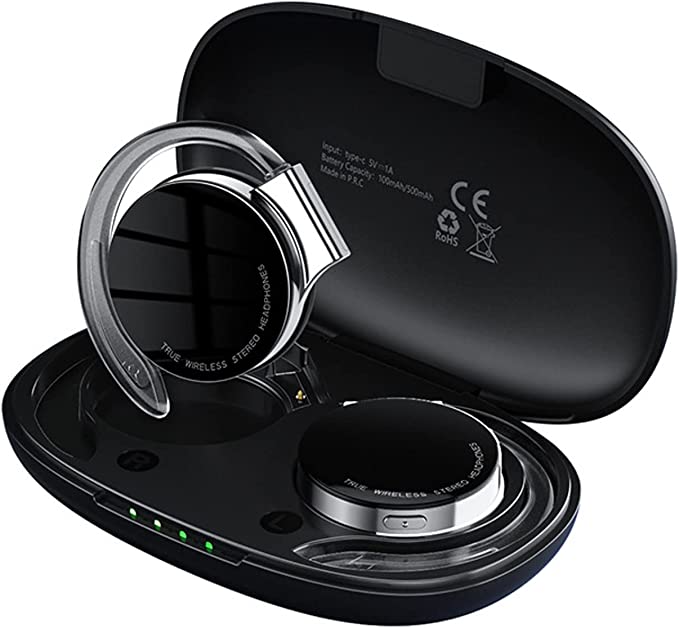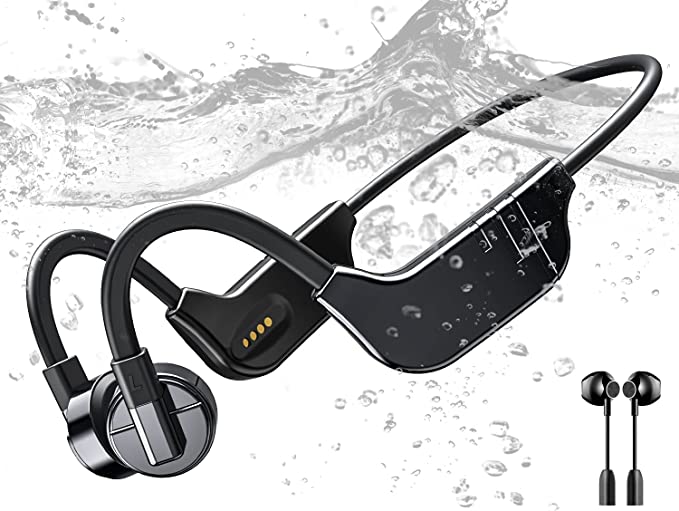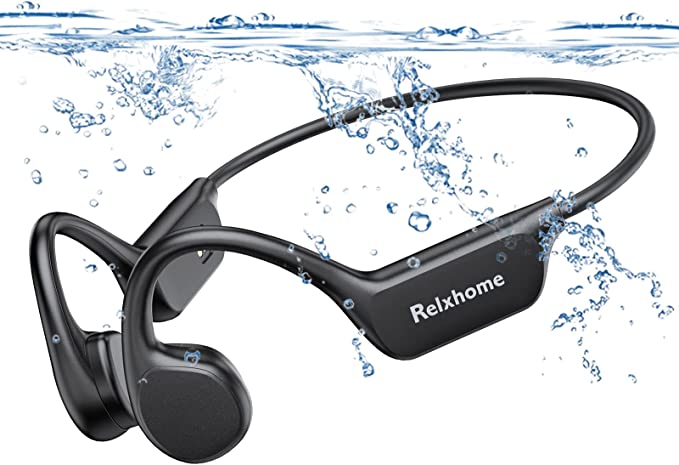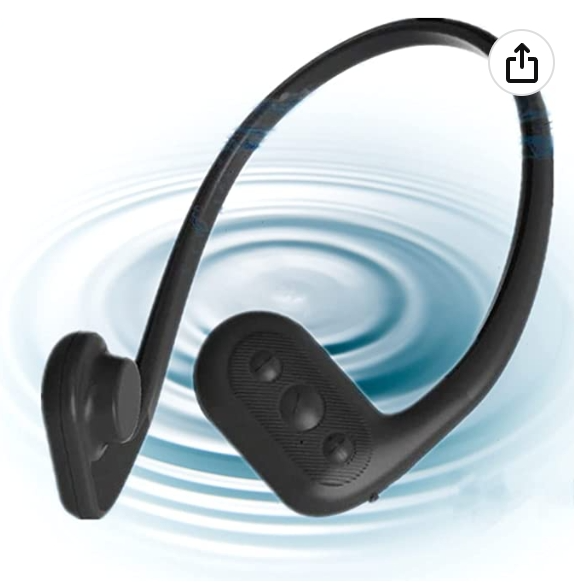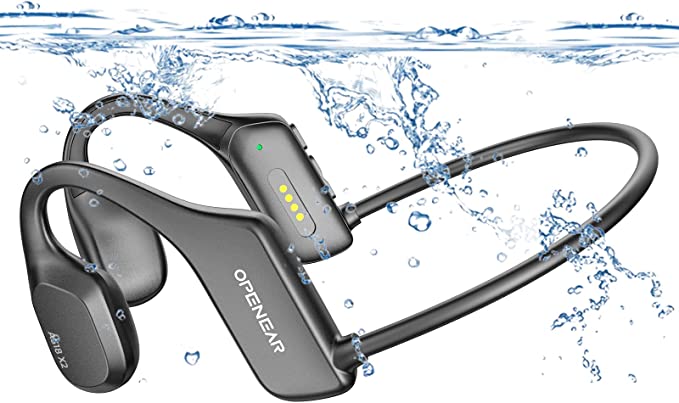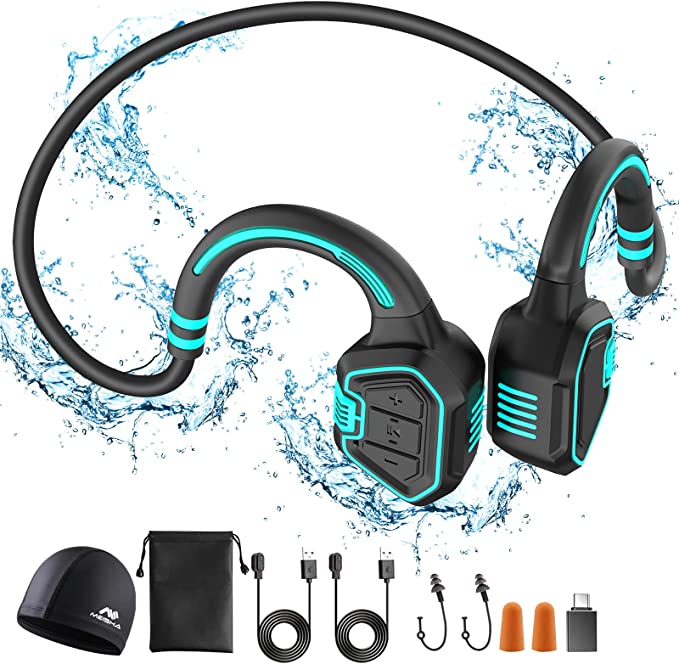AGPTEK S19 Waterproof MP3 Player for Swimming - A Comprehensive
Update on July 1, 2025, 7:19 a.m.
It began, as many revolutions do, with a simple desire. In 1979, the world was introduced to the Sony Walkman, a marvel of miniaturization that slipped a private universe of music into your pocket. For the first time, you could curate the soundtrack to your own life—your morning jog, your commute, your quiet moments of reflection were now accompanied by the artists you loved. The dream was born: music, everywhere.
That dream expanded with ferocious speed. From the hiss of a cassette to the crispness of a CD, and then to the thousands of songs on an iPod, technology tore down one barrier after another. Music followed us everywhere. Everywhere, that is, except for one place. There was a final frontier, an everyday environment that remained stubbornly, defiantly silent: the shimmering, crystalline world of water. For decades, the pool, the lake, and the ocean were where your personal soundtrack had to end. Water, the source of life, was music’s most gentle, yet implacable, enemy.

The Fortress of Engineering
To bring music underwater, engineers first had to solve a very physical problem: keeping the delicate electronics dry. This is a far greater challenge than merely surviving a rain shower. As a swimmer dives deeper, the force of water pressure increases relentlessly, seeking out any microscopic flaw, any imperfect seal, to invade and destroy.
This is where the term IPX8 comes into play. It’s not just a marketing label; it’s a hard-won certification from the International Electrotechnical Commission (IEC 60529) that signifies a device is fit for continuous immersion in water deeper than one meter. Think of a device like the AGPTEK S19 not as a waterproof gadget, but as a miniature submarine. Its outer shell, often made of tough polycarbonate, is its hull, designed to withstand pressure. But the true heroes are the unseen gaskets, typically made of resilient silicone. These O-rings compress to form a perfect, watertight seal, preventing even a single molecule of water from breaching the perimeter. It is a triumph of material science and precision engineering, creating a tiny, pressurized fortress to protect the music within.

The Invisible Wall
With the physical barrier conquered, a second, more insidious challenge emerged: the invisible wall of the water itself. Why can’t you simply pair your waterproof player with your phone via Bluetooth? The answer lies in the fundamental physics of radio waves.
Bluetooth technology operates in the 2.4 gigahertz (GHz) radio frequency band. In the open air, these waves travel with ease. But water is the kryptonite of high-frequency radio waves. The dense collection of H₂O molecules is incredibly effective at absorbing their energy, a phenomenon known as signal attenuation. Sending a Bluetooth signal through even a few inches of water is like trying to send a smoke signal through a torrential downpour—the message dissipates into nothingness almost instantly. According to the principles of electromagnetism, this isn’t a technological flaw to be fixed; it is a fundamental law of nature.
So, how did engineers overcome this invisible wall? They staged an elegant retreat that became a resounding victory. They returned to the classic, robust concept of onboard storage. By equipping the AGPTEK S19 with 8GB of internal flash memory—enough for about 2,000 songs—they created a self-sufficient musical ecosystem. Like the iconic iPod, the device doesn’t need to communicate with the outside world. Your playlist is right there, stored locally, immune to water’s signal-blocking properties. This solution, supporting high-fidelity formats like FLAC and APE alongside standard MP3s, proves that sometimes the most reliable path forward is a return to a proven principle.

Harmony in Motion
A device can be perfectly waterproof and filled with music, but if it’s clumsy and distracting, it has failed. The final challenge was one of ergonomics and hydrodynamics: ensuring the technology could become a seamless part of the swimmer’s motion. Every element must work with the water and the body, not against them.
This is where you see the art in the engineering. The 360° swivel clip is more than a fastener; it’s an anchor designed to grip a goggle strap or swimsuit securely, resisting the torque of a flip-turn and the constant pull of the water. The earbuds are not just speakers; their shape is ergonomically designed to fit snugly in the ear canal, creating a seal that not only keeps water out but also allows for clear sound transmission. The deliberately short cord connecting them is a masterstroke of hydrodynamic design, minimizing the drag that a longer cable would create, preventing it from snagging an arm during a stroke.

As sports science has repeatedly shown, music can significantly reduce the perception of exertion and improve endurance during repetitive exercise. The ultimate goal of a device like this is to deliver that benefit so flawlessly that you forget its existence. The technology disappears, leaving only you, the rhythm of your strokes, and the beat of the music.
It took over forty years from the first click of a Walkman for technology to truly conquer the water. What started as a dream in a pocket has culminated in a small, robust device that can withstand the pressure of the deep, sidestep the laws of radio physics, and move in harmony with the human body. The AGPTEK S19 is a modern example of this journey—a testament to the relentless human desire to have a soundtrack for every moment of life, even in the last silent mile.

